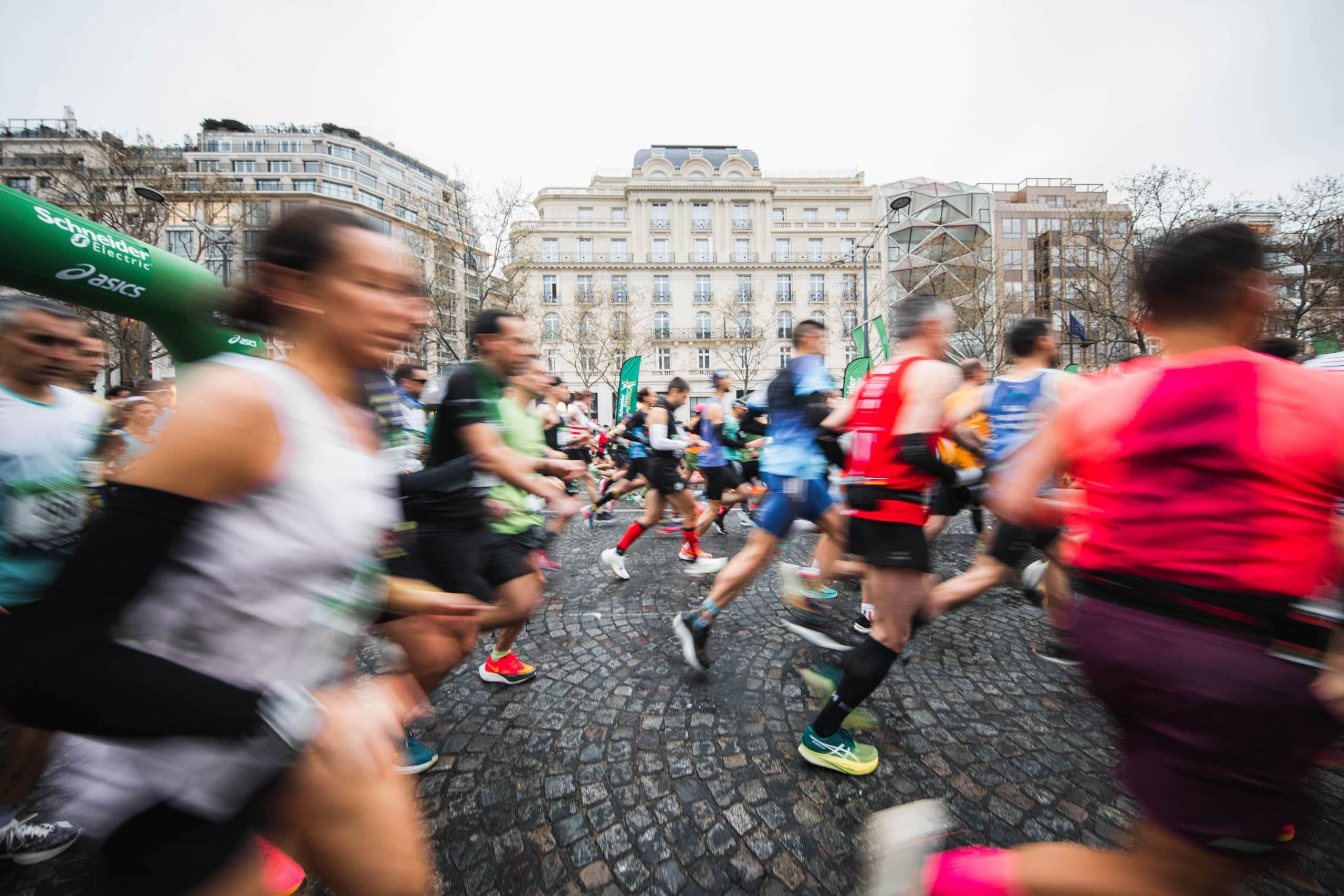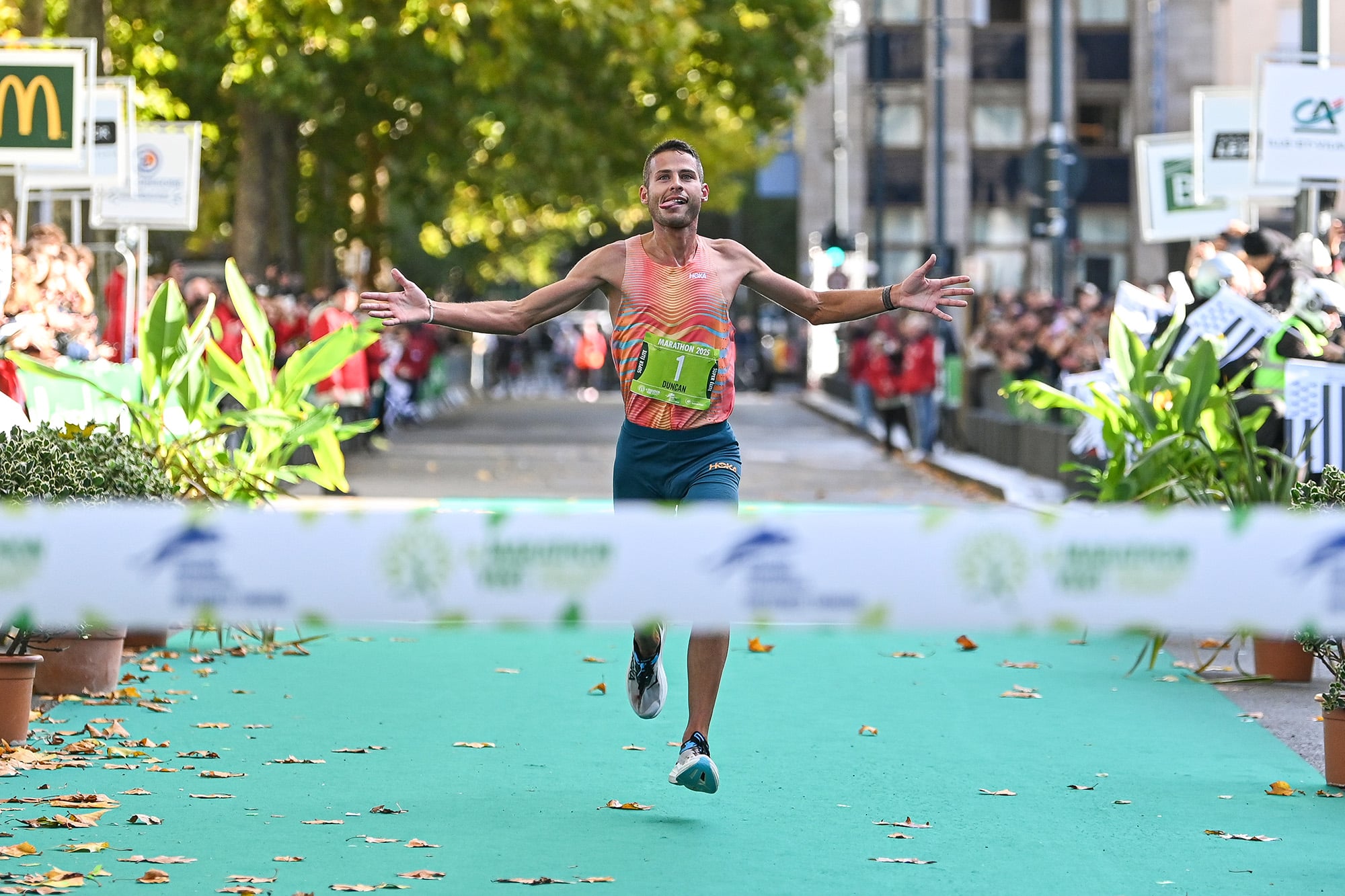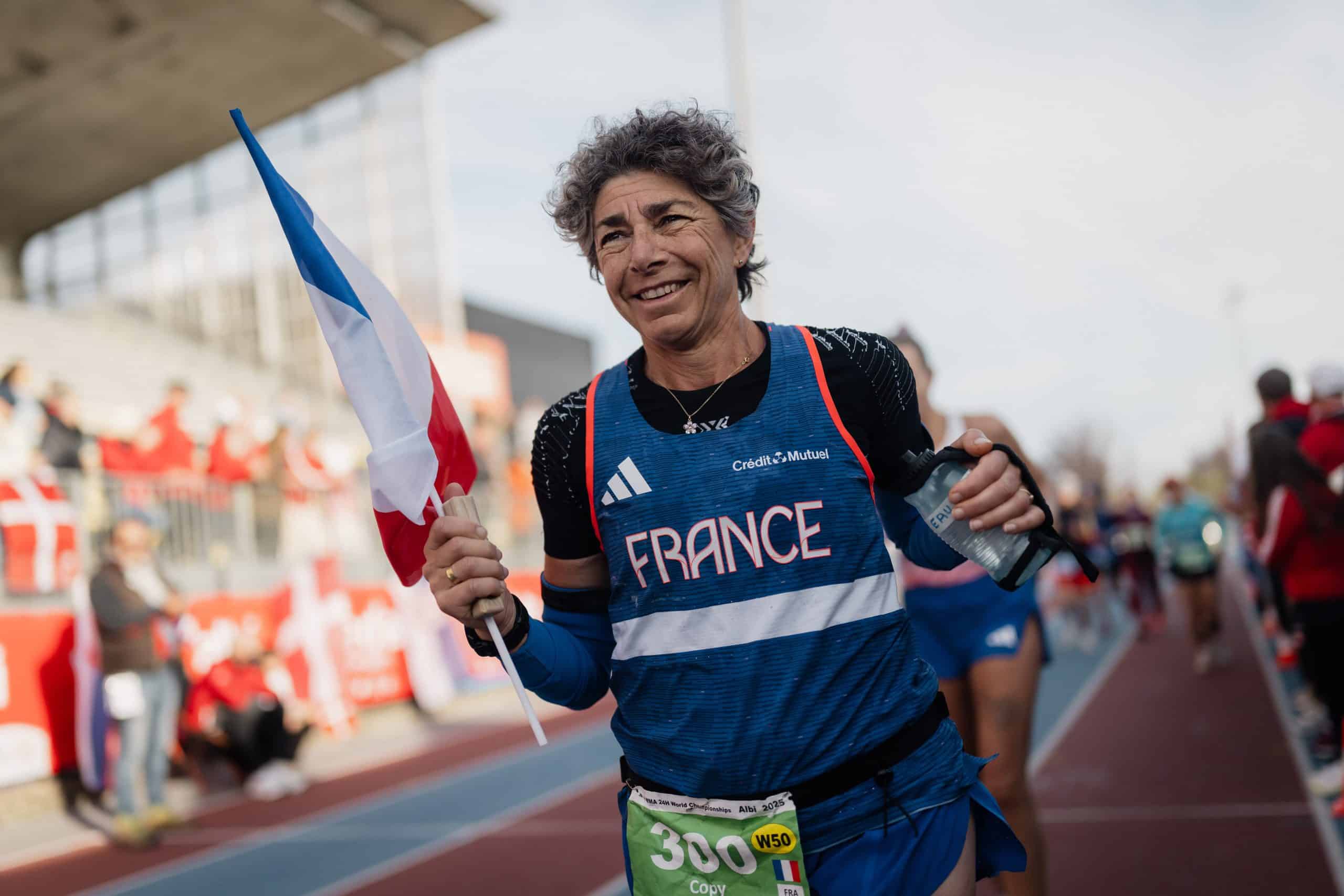How to rebuild and come back stronger after an injury?
Running, for some, is more than just a sport: it’s a lifestyle, an identity, and even a social connection to the rest of the world. When an injury occurs, this whole balance can be disrupted. Deprived of their favorite activity, their dose of happiness, and distanced from their goals, injured runners often find themselves facing a void that’s hard to fill. Yet, this period can become an opportunity for growth, provided they have the right support. Carl Bescoby, a psychologist specializing in athlete rehabilitation, offers precious advice to navigate this challenge.
| Listening to your body, accepting the injury: a foundational ste
The initial reflex when a pain sets in is often… to ignore it. Because the desire to run is stronger. Because there’s an important session, a planned race, or just a need for a happiness fix, the famous endorphins. This reflex, according to Carl Bescoby, is common among athletes whose identity is strongly rooted in performance. The mind takes over, downplaying warning signals until the body’s cries can no longer be ignored.
This is where it all begins: acceptance. Accepting that something is wrong. Accepting that taking a break now prevents a longer stop later. The famous “go hard or go home” mentality can sometimes be the silent enemy of runners. It’s not about giving up but rather training smarter, listening to your body and sensations.
Once acceptance is achieved, a clear diagnosis is necessary. Consulting a healthcare professional (sports doctor, physiotherapist, osteopath) to understand what caused the injury (often a buildup of fatigue, muscle imbalance, neglected recovery, overtraining) and then building a rehabilitation program. This plan isn’t just a care sheet; it’s an essential calendar for the runner. With an estimated date for returning to running, it provides direction. And that’s vital to stay on track and maintain an active routine.
| The invisible psychological impacts of injury
When the body stops, the mind races. The training schedule disappears, familiar points collapse. What was once a routine becomes unattainable. No longer being “the person who runs every morning,” a void quickly sets in. Carl Bescoby speaks of a well-known phenomenon among athletes: the post-injury identity crisis.

It’s a moment when one feels useless, overwhelmed, out of the game. Self-esteem crumbles. We watch others make progress, train, share their sessions on Strava. Meanwhile, we remain on the sidelines. The feeling of stagnation, or even regression, fuels doubts:
• “I’m losing all my progress.”
• “I should have been more cautious.”
• “I’ll never get back to my previous level.”
These thoughts aren’t trivial. They drain, wear out, and gnaw. Dr. Bescoby puts it well: “During the injury, the mental aspect becomes a full-time job.”
The challenge here is to ensure one’s athlete identity isn’t reduced solely to the capacity to perform. Just because the body isn’t running doesn’t mean the athlete has disappeared.
| Holding on to what truly matters
The turning point for many comes when they change their perspective. When they stop striving to “return to the way things were” and start rebuilding differently. This is where Carl Bescoby suggests deep inner work, with three simple yet powerful questions:
What important value remains true, even when injured? Example: “movement,” “sharing,” “nature.” What kind of person do I want to be, even without my running shoes? (a supportive teammate, a loyal partner, a patient person, someone active, etc.) What matters to me right now? (Taking care of oneself, staying connected with others, passing on knowledge…)
These questions aid in moving forward through adversity. By engaging in other activities, they allow the injured runner to add flexibility to an identity previously thought fixed on running. One realizes they can be a runner in other ways. That they can remain themselves, even without running 60 km a week. This mental flexibility is the first step toward a solid return. Less rigid, mentally stronger.
“When an athlete gets injured, they often lose sport as a source of recognition, and that can be very difficult to cope with. Sport provides a sense of worth, identity, and achievement. But when an injury brings everything to a halt, it can quickly feel like you no longer exist, as if your value vanished along with the competition. Remember that you are so much more than your athletic practice, even if, at times, others seem to forget that.”
Dr Carl Bescoby @theinjurypsychologist
| Cross-training, a valuable ally
Even while injured, training continues. Many injuries allow, or even recommend, alternative non-impact physical activity: swimming, cycling, elliptical, strength training, yoga. This is known as cross-training.
Beyond physical benefits (cardio maintenance, preserving training volume, better recovery), cross-training is also a good psychological safety net. It keeps one active, maintaining a routine, and setting mini-goals. Intensity is replaced with intention. Weaknesses are worked on, breaking away from the feeling of being sluggish.
Carl Bescoby also emphasizes a crucial point: maintaining a social activity around sports is essential. Accompanying partners during training, discussing gear, spectating at races… it helps remain in the loop and not feel excluded from the world to which one belongs. The major challenge here is avoiding social isolation and conditioning one’s mind for optimal recovery.
To Remember: The Injured Runner’s Checklist
- Get a reliable medical diagnosis
- Set up a clear recovery plan with a professional
- Practice self-compassionate thinking
- Reflect on your core values
- Keep moving differently through cross-training
- Shift your perspective: make progress in other areas while waiting to return
- Take a step back from social pressure and networks (Strava, etc.)
- Stay engaged in your community, in new ways
- Plan a gradual, tailored comeback as soon as possible
To remember: The injured runner’s checklistObtain a reliable medical diagnosisEstablish a clear recovery plan with a professionalAdopt a compassionate mindset towards oneselfReflect on core valuesContinue moving differently with cross-trainingShift focus: progress elsewhere while awaiting returnTake distance from social pressure and networks (Strava, etc.)Stay active within one’s community, in other waysPlan a progressive, suitable comeback as soon as possibleInjury is not an empty pause. It’s an integral part of a runner’s life. Often a painful opportunity to do things differently. To be kinder to oneself, more mindful of what truly matters. As Carl Bescoby reminds, healing also involves resting the mind, not just the body. And what if this forced break was the beginning of a more aligned, conscious, and solid renewal? The clock will tick again. But until then, take care of the athlete inside you, even when they aren’t running.
✔ Find more information on the subject from Dr. Carl Bescoby’s official account @theinjurypsychologist.



